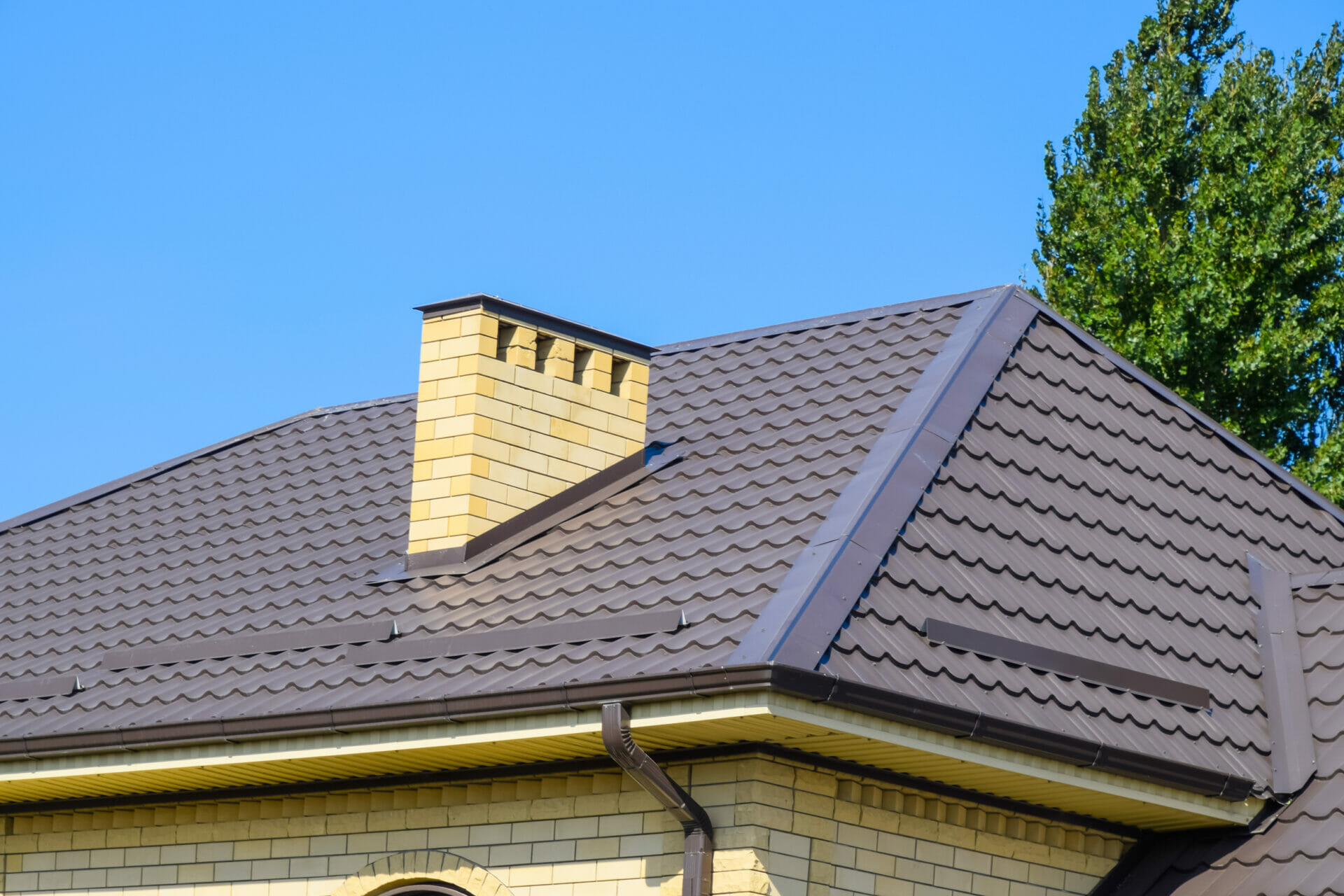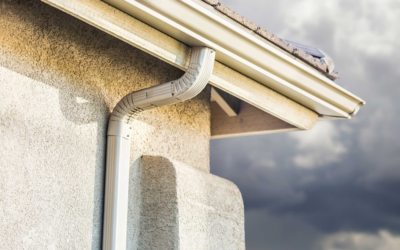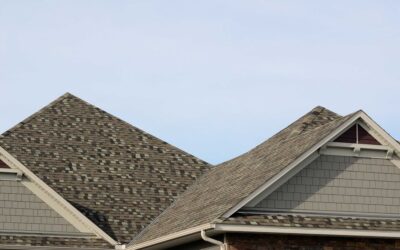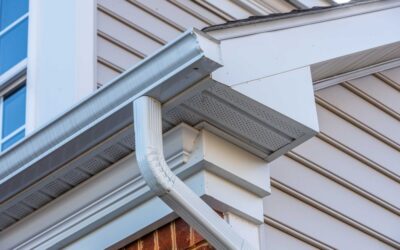Without a proper roof flashing system, your entire house is susceptible to leaks and water damage, mold, rotting, and even pest infestations. But what is roof flashing, what does it do for your home, and how can you tell if yours needs to be replaced?
What is Roof Flashing?
To simply define it, flashing is a flat, thin piece of metal used to help waterproof the perimeter and protrusions of roofing systems. Flashing is used to direct water away from the seams and joints and prevents it from entering the openings and cracks in a roof. It’s typically installed over top of the underlayment, but underneath the shingles of shingled roofs. On metal roofs, it’s typically installed on the top of the panels. The most important role flashing plays in a roofing system is to keep your home free of water and moisture.
Unless you have adequate roofing experience, we do not recommend messing with your roof flashing as a DIY project. You’ll need to bring in a local roofing professional in Franklin area to help you make repairs to your flashing system. That said, it’s still useful to know what roof flashing is and how it works. The more you understand what to look for, the sooner you can identify potential issues—ultimately preventing costly, severe damage.

Where is Roof Flashing Needed?
Properly installed flashing is essential to its performance. Poor installation could lead to roof deterioration, water penetration, and more long-term issues. It’s needed in a few areas on your roof that are especially vulnerable to leaks, including the following:
- Skylights – If your roof has skylights, they are typically built in with raised wood curbs to make room for flashing. Some skylights might already come with flashing built-in. It’s important to know the difference and talk to your contractor before choosing the best skylight for your roof.
- Chimneys — Flashing needs to be installed around the base of any chimneys on your roof in several different parts. It’s important to seal up the area around your chimney to keep your interior dry.
- Vents — Whether you have hood or pipe vents, flashing must be installed to seal out any possibility of water trickling into your roofing system.
- Valleys — On sloped roofs, flashing needs to be installed where two valleys meet. This is where the two sloping roof planes meet and create an angle, which are notorious spots for water to penetrate unless flashing is properly installed.
How To Spot Flashing Issues
Unless you’re an experienced roofing professional, it may be difficult to notice when your flashing system needs to be replaced, but you can look out for these easy-to-spot signs:
- Noticeable corrosion and rust in flashing and gutters
- Curling or broken shingles
- Patches on the roof
- Water damage in the attic or interior walls (water stains, mold, etc.)
Repair Your Roof Flashing
Roof flashing is a tricky task. Even the smallest spaces that are missed or not properly sealed can be an expensive problem later on down the road. If you think that you may have water damage issues due to faulty flashing, it’s best to contact the team at Force Roofing Systems for a comprehensive roof inspection today.



